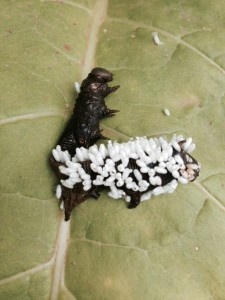
Tobacco Insect Scouting Report, August 21 2015
With harvesting well underway, we are now able to observe how insects distribute themselves on the remaining foliage in the …


Extension and research at NC State address timely issues impacting our state. Extension delivers trusted information directly into the hands of farmers and agribusinesses, helping them translate knowledge into solutions that grow our economy and communities.
El inglés es el idioma de control de esta página. En la medida en que haya algún conflicto entre la traducción al inglés y la traducción, el inglés prevalece.
Al hacer clic en el enlace de traducción se activa un servicio de traducción gratuito para convertir la página al español. Al igual que con cualquier traducción por Internet, la conversión no es sensible al contexto y puede que no traduzca el texto en su significado original. NC State Extension no garantiza la exactitud del texto traducido. Por favor, tenga en cuenta que algunas aplicaciones y/o servicios pueden no funcionar como se espera cuando se traducen.
Inglês é o idioma de controle desta página. Na medida que haja algum conflito entre o texto original em Inglês e a tradução, o Inglês prevalece.
Ao clicar no link de tradução, um serviço gratuito de tradução será ativado para converter a página para o Português. Como em qualquer tradução pela internet, a conversão não é sensivel ao contexto e pode não ocorrer a tradução para o significado orginal. O serviço de Extensão da Carolina do Norte (NC State Extension) não garante a exatidão do texto traduzido. Por favor, observe que algumas funções ou serviços podem não funcionar como esperado após a tradução.
English is the controlling language of this page. To the extent there is any conflict between the English text and the translation, English controls.
Clicking on the translation link activates a free translation service to convert the page to Spanish. As with any Internet translation, the conversion is not context-sensitive and may not translate the text to its original meaning. NC State Extension does not guarantee the accuracy of the translated text. Please note that some applications and/or services may not function as expected when translated.
Collapse ▲
With harvesting well underway, we are now able to observe how insects distribute themselves on the remaining foliage in the …
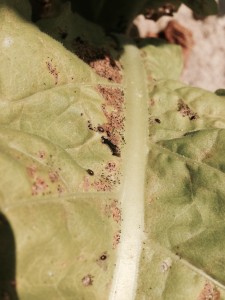
We are seeing more flea beetle feeding at sites with the lowest leaves still present on plants and consistently seeing beetles …
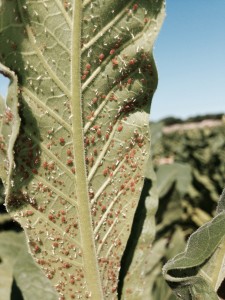
Similar to recent weeks, we are still in a bit of a midsummer lull for pest pressure. However, we still …
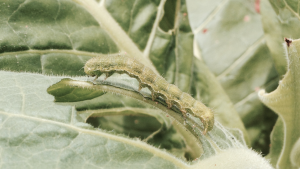
Budworm populations have surpassed threshold at all IPM sites to date, and all but one field has been treated. It …
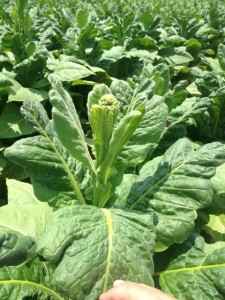
Over the past week or so we’ve received a number of phone calls, emails, and text messages asking about …
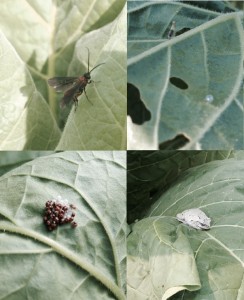
This week we saw an increase in budworm pressure across nearly all sites. Given that some sites will be …
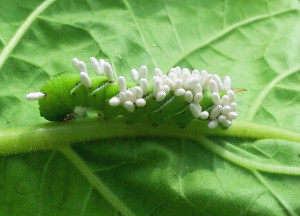
We are seeing different population densities of both hornworms and budworms across all sites as a result of chemical treatment, …
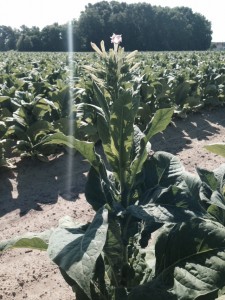
Plants at sites throughout the state are reaching the button stage where the plant begins to produce unopened flowers …
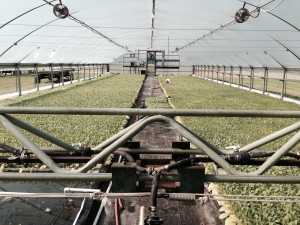
We’ve begun scouting in some our sites for this field season! It’s warming up outside and we are excited to …
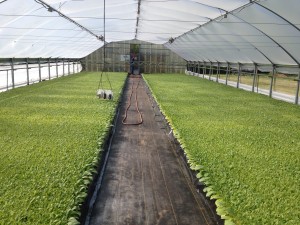
There has been a lot of discussion about the dos and don’ts of greenhouse fertility management. As we approach …
This link (Soybean 2015) provides a recorded presentation intended for agent training or broadcast in grower meetings. Please report …
Fifteen GAP recertification meetings will be held in North Carolina during January and February of 2015. You can find …

Tobacco harvest and insect populations are winding down. Last week, the grower at our Eastern 1 and 2 sites …

We are at week twenty of scouting. Scouting was done earlier in the week for the Piedmont site, and now they are …
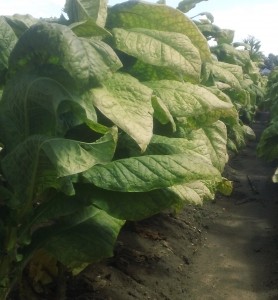
We are at week nineteen of scouting, and harvesting is happening at all locations. The Piedmont site continued with harvesting this week …
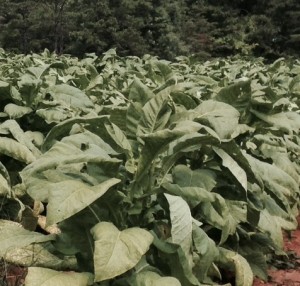
We are at week eighteen of scouting. Two of our eastern sites are almost done with harvesting, while harvesting continues …
It is week seventeen with our scouting reports, and not much change can be seen. There are still a …
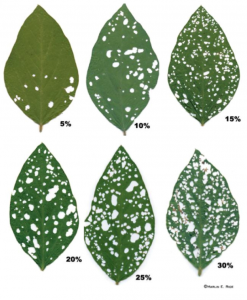
I’ve been getting a lot of questions on soybean insect thresholds. These were covered in a blog article three …

It is week sixteen of our weekly scouting report, and harvest has begun! Most sites are beginning to harvest and …
It is now the fifteenth week of scouting! The budworm pressure has dropped significantly over the past couple of …
Including sloped screens for solid-liquid manure separation can have positive impacts on manure management systems …
Screw press separators can divide a single by-product stream into a solid and liquid stream …
This factsheet summarizes key technologies used to produce pellets from animal manures and the impact …
Manure is among the lowest methane yielding feedstocks in digesters, but it is widely used …

Grapevines require 16 essential nutrients for normal growth and development (Table 9.1). Carbon, hydrogen, and …
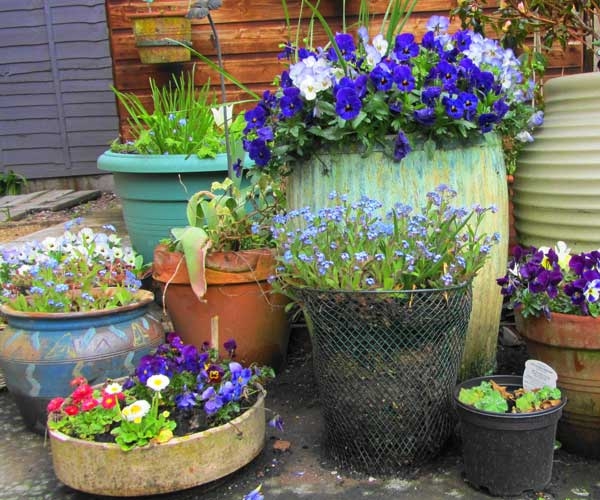
In this publication you will find ideas to get you started growing your own edibles. …
A Farmers’ Market Tour is a great way to introduce your program participants to an …
